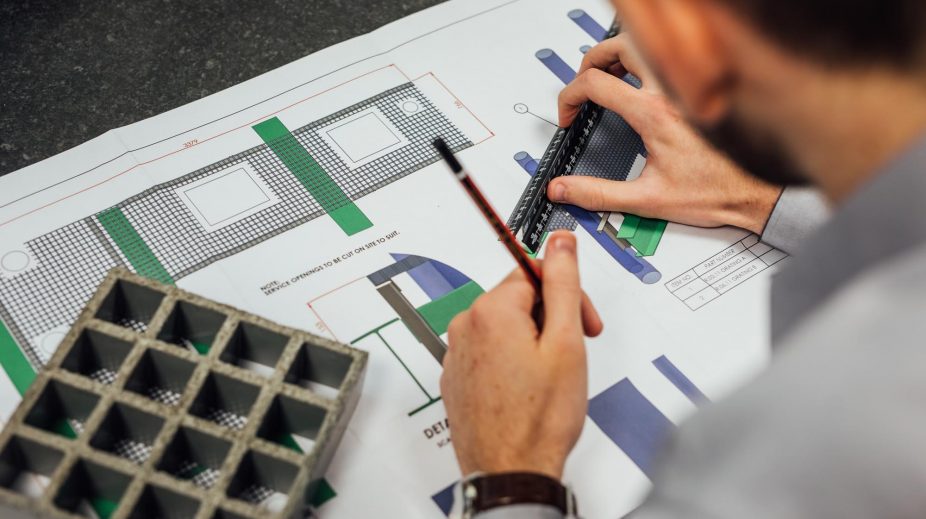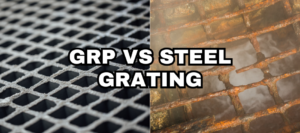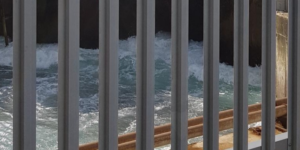Is GRP Really the same as Fiberglass?
Glass Reinforced Plastic (GRP) and fiberglass—these terms often get tossed around interchangeably, leading to confusion among those unfamiliar with composite materials. Are they the same, or is there more to this story? Let’s delve into the intricacies and demystify the relationship between GRP and fiberglass.
Understanding Fiberglass:
Firstly, let’s clarify what fiberglass is. Fiberglass is a type of composite material comprising fine fibers of glass woven into a fabric or mat. These fibers are typically made of silica-based materials and are renowned for their high tensile strength and flexibility. Fiberglass is commonly used in various applications, including boat hulls, automotive components, and insulation.
Introducing GRP:
Now, onto GRP. Glass Reinforced Plastic, as the name suggests, involves reinforcing plastic with glass fibers. It’s a composite material where the glass fibers provide the strength and rigidity, while the plastic matrix—usually epoxy or polyester resin—binds everything together. GRP offers a winning combination of lightweight, corrosion resistance, and durability, making it a popular choice across industries ranging from construction to aerospace.
The Relationship:
So, where does fiberglass fit into the GRP equation? Here’s the deal: fiberglass is indeed a key component of GRP. In fact, it’s one of the most common types of reinforcement used in GRP composites. However, it’s essential to recognise that GRP encompasses a broader category of composite materials beyond just fiberglass.
Beyond Fiberglass:
While fiberglass remains a popular choice for reinforcing GRP, it’s not the only option available. GRP can incorporate a variety of reinforcing materials, including carbon fiber and aramid fibers, each offering distinct mechanical properties suited to different applications. This versatility allows manufacturers to tailor GRP composites to meet specific performance requirements.
Conclusion:
In essence, while fiberglass is a crucial component of GRP, it’s only part of the larger picture. GRP represents a diverse family of composite materials that leverage the strength of glass fibers alongside other reinforcements to create lightweight, durable solutions for a wide range of applications.
So, the next time someone asks, “Is GRP a fiberglass?” you can confidently answer: Yes, but it’s so much more than that. GRP embodies innovation, versatility, and endless possibilities, shaping the future of composite materials one fiber at a time.
Talk to the experts:
With over 18 year experience in working with GRP, Our team has a deep understanding of our customers’ operational and process challenges, and the expertise and specialist knowledge to design bespoke GRP solutions. We will happily talk you through the pros and cons of GRP, how it competes with other similar products on the market, and how it could work for you.
Call us today on 02894470010, email info@relinea.com or fill in our contact form and we’ll get back to you.





